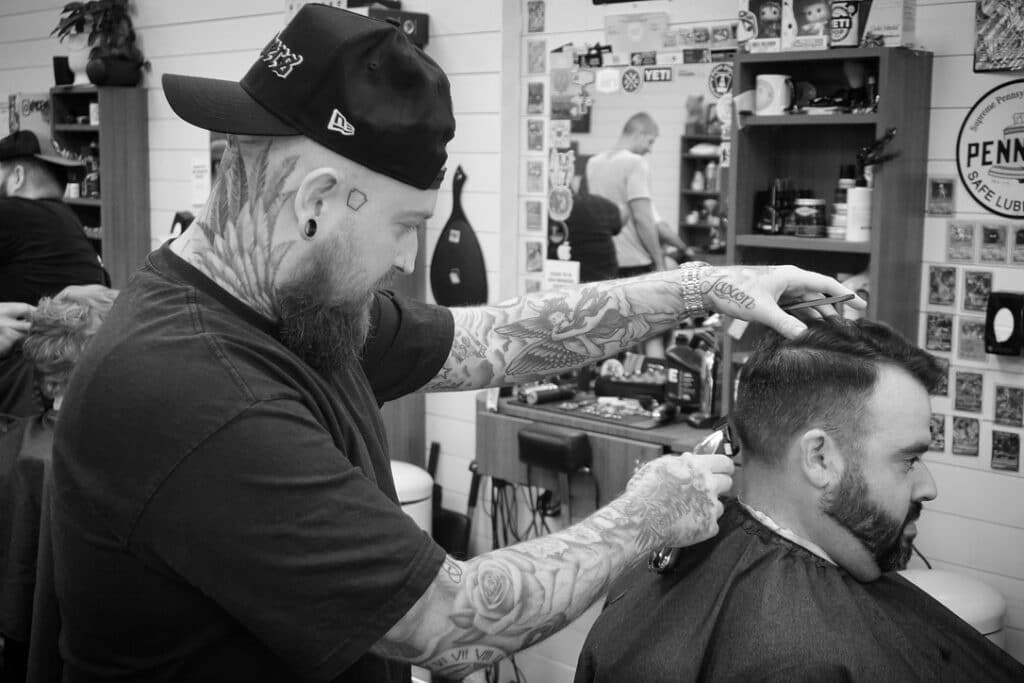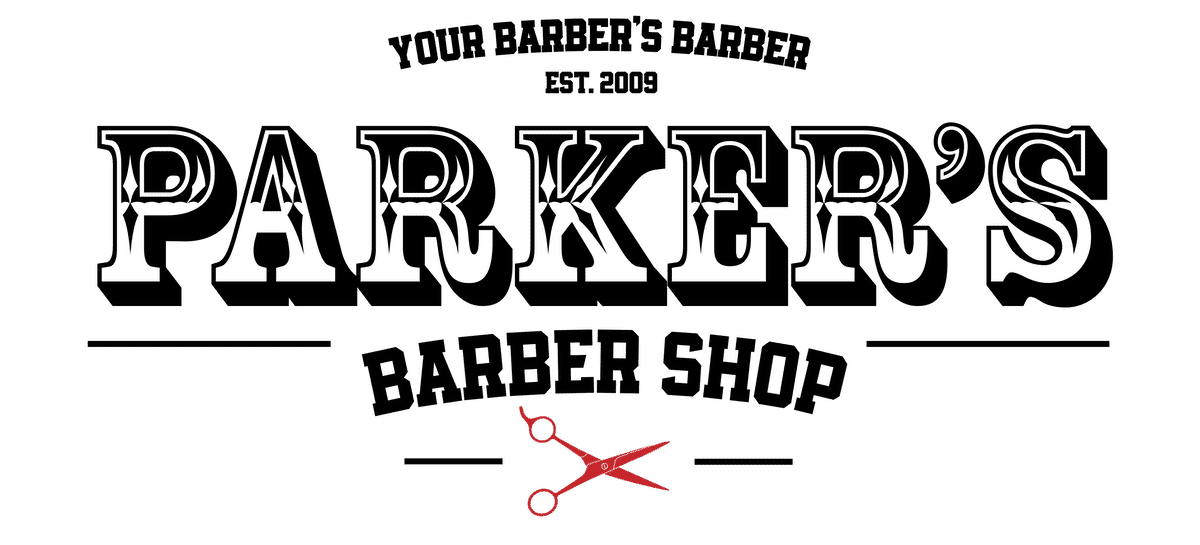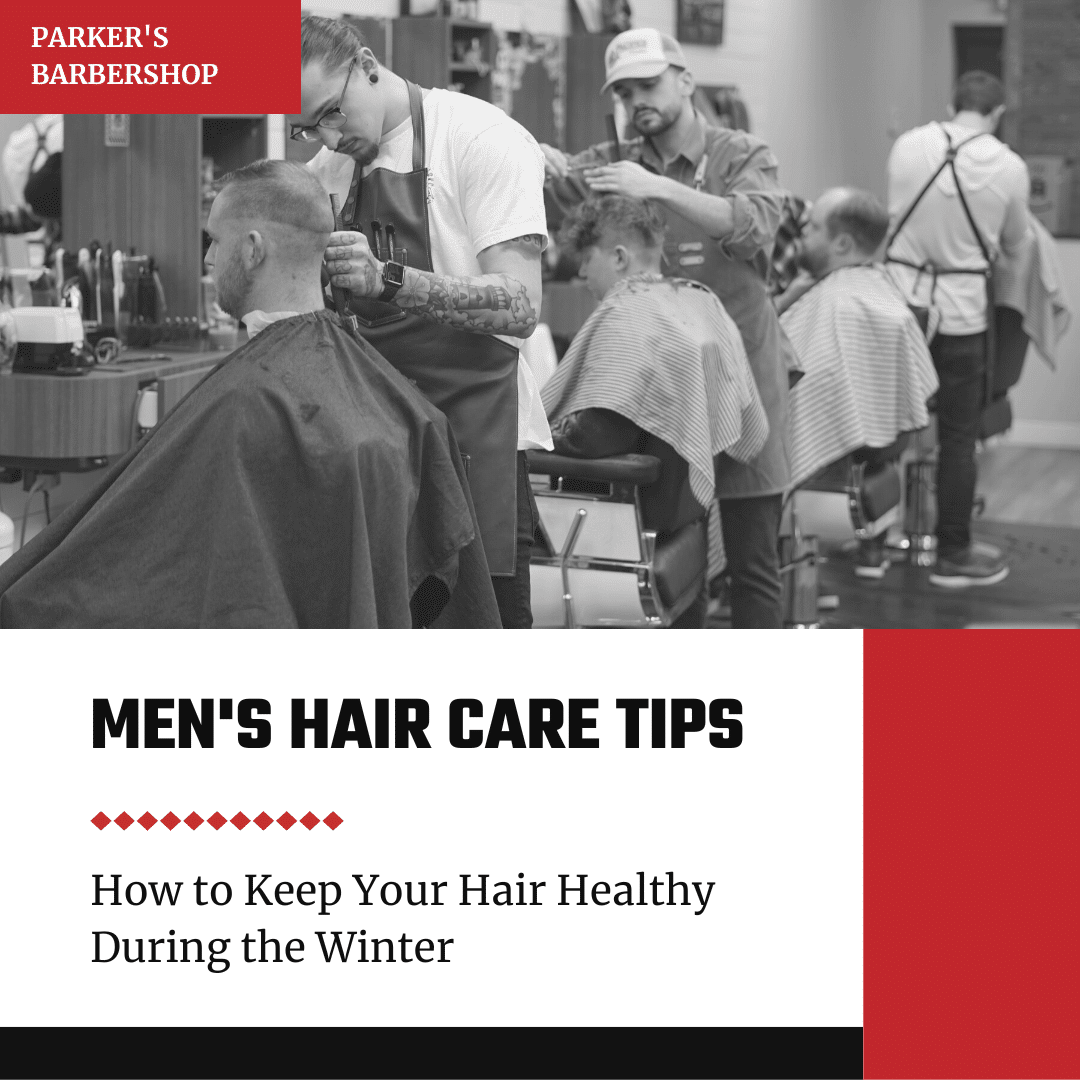Haircuts, a seemingly straightforward service, often come with a substantial price tag. For many, the cost of a simple trim or a more elaborate styling might be a puzzling question. In this article, we will take a deep dive into the various factors that contribute to the cost of haircuts.
The High Cost of Doing Business
Firstly, it’s important to acknowledge the costs salon owners incur to run their business. These costs include rent, utilities, licensing, rental fees, insurance, cleaning, maintenance, and other overhead expenses. Depending on the location, some of these costs can be exceptionally high. For example, a salon in a prime urban location will have significantly higher rent than one in a rural area.
Professional Training and Continuing Education
Hairdressers are professionals who have undergone extensive training to gain their qualifications. These training programs can be costly and take several years to complete.
Furthermore, staying on top of the latest trends, techniques, and product knowledge often requires ongoing education, which also adds to the cost. The price customers pay for a haircut, therefore, contributes towards these training and education costs.
Quality of Products Used
Salons often use high-quality, professional-grade products that are more expensive than the ones you might find in a supermarket. These products are designed to be gentle on the hair, offer better results, and are often ethically sourced and produced. The use of such products is factored into the haircut prices.
Time and Attention to Detail
Hairdressing is a craft that requires time, patience, and attention to detail. Depending on the complexity of the cut and style hair, a single appointment can take anywhere from 30 minutes to several hours. The cost of a hair cut reflects this investment of time and the personalized hair services provided by the stylist.
Tools of the Trade
Hairdressing requires a variety of specialized tools such as high-quality scissors, razors, brushes, hair dryers, straighteners, curling irons, and more. These tools are not a one-time investment; they require regular replacement or maintenance.
Additionally, salons also need to invest in comfortable and durable furniture, like stylish salon chair and washing stations, which adds to the overall expense.
The Artistry and Expertise

Hairdressing isn’t just a service; it’s an art form. The ability to transform someone’s look, to understand the contours of their face, their style, and their hair type, and to deliver a haircut that makes them feel confident and beautiful, is a skill that’s honed over many years of practice. This expertise is a significant factor in the pricing of haircuts.
Licensing and Regulations
Most salons need to comply with a host of regulations related to health and safety. These regulations require salons to maintain a clean and safe environment, which often means investing in sanitation supplies and practices, and may also include regular inspections and associated fees. These regulatory costs are factored into the cost of services provided by the salon.
Insurance
Like any other business, salons need to have insurance coverage. This can include general liability insurance, professional liability insurance, property insurance, and worker’s compensation insurance. These insurance costs contribute to the overall cost of running a salon business and, therefore, the cost of haircuts.
Staff Wages and Benefits
Finally, salons need to pay their staff a fair wage. Many salons also offer benefits such as health insurance, retirement plans, paid leave, and ongoing education opportunities. These costs also play a role in the price customers pay for their haircuts.
Final Thoughts
In conclusion, while the price of a haircut may initially seem high, a closer look reveals a myriad of factors that contribute to the cost. From overhead expenses, the cost of professional training, and the use of high-quality products, to the time and expertise involved, regulatory costs, insurance, and staff wages – every aspect plays a crucial role in determining the final price of a haircut.
It’s also essential to appreciate the artistry and skill that your stylist brings to their work. Hairdressing is a craft that takes years of training and practice to master. When you pay for a haircut, you’re not just paying for the cut itself. You’re also paying for the stylist’s knowledge, creativity, and the personalized service they provide.
Experience Unmatched Style at Parker’s Barber Shop: Book Your Appointment Today!
Looking for a fresh cut that makes a statement? Join us at Parker’s Barber Shop, where our expert barbers blend traditional techniques with modern styles to deliver a cut that’s uniquely you. Book your appointment today and experience Parker’s difference. Your hair will thank you!
Don’t forget to follow us on social media for the latest deals and style inspirations. Invest in your hair; it’s the crown you never take off. Step into Parker’s Barber Shop – where style meets precision. Book now!
FAQs
Is $30 expensive for a haircut?
The cost of a haircut can vary greatly depending on various factors, such as the location of the hair salon, the expertise of the stylist, and the complexity of the cut. In many places, $30 could be considered a reasonable price for a basic haircut.
However, in upscale hair salons or in certain cities, $30 might be considered cheap. It’s best to research local prices to understand what is considered standard in your specific area.
How much should I spend on a good haircut?
The amount you should spend on a good haircut depends on several factors, including your budget, hair type, desired style, and the level of expertise you require from your stylist. For a standard haircut at a mid-range salon, you might expect to pay anywhere from $20 to $70. More upscale salons or experienced stylists might charge $100 or more.
If you’re seeking a dramatic change or a highly specialized cut, it could be worth investing more. Remember, you’re not just paying for the haircut itself, but also the stylist’s experience, the salon ambiance, and the quality of the products used.
Why are ladies’ haircuts so expensive?
Women’s haircuts are often more expensive than men’s due to the complexity and time involved. Stylists often spend more time on a woman’s haircut because they involve more steps – such as washing, conditioning, cutting hair, blow-drying, and styling. Moreover, women’s hairstyles often require a higher level of precision and expertise, and they may also involve the use of more expensive products. That said, the haircut costs can vary greatly depending on the specific style, the length of the hair, and the individual salon’s pricing structure.




